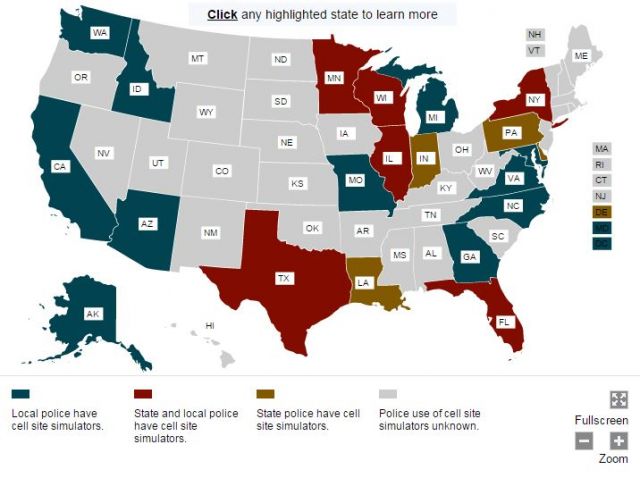| Online: | |
| Visits: | |
| Stories: |

| Story Views | |
| Now: | |
| Last Hour: | |
| Last 24 Hours: | |
| Total: | |
FBI – Biometric Data Bases, Rapid DNA-Matching, Computer Hacking, “Stingrays” – Freedom or Security?
VIEW SOURCE DOCUMENT HERE
A top official in the FBI’s Operational Technology Division admitted that in addition to using biometric databases and rapid DNA-matching machines, the agency hacks computers and software, and uses Stingrays to mimic cell phone towers.
The revelations came in a Washington Post profile of the executive assistant director for science and technology, Amy Hess, who oversees the Bureau’s Operational Technology Division.
“All of the most interesting and troubling stuff that the FBI does happens under Amy Hess,” Christopher Soghoian, principal technologist at the American Civil Liberties Union, told The Washington Post. “If it’s high-tech and creepy, it’s happening in the Operational Technology Division.”
Soghoian called Hess “the queen of domestic surveillance,” as she admitted the agency uses cell site simulators, or Stingrays, which mimic cell phone towers to trick other cell phones into connecting to them. The device is controversial because to operate effectively it indiscriminately collects and intercepts data from any phone in the vicinity, as well as the targeted device.
The FBI’s use of Stingrays has been well documented despite the secrecy surrounding the device. Privacy advocates, however, have been hampered in their investigation into the use of the technology by government agencies and local law enforcement. Many departments signed non-disclosure agreements with the Harris Corporation, which manufacturers the spying technology and wants to protect its intellectual property.
CLICK HERE FOR ORIGINAL CLICKABLE MAP

Yet new details keep emerging about the power of the surveillance tool. In November, the ACLU acquired the Justice Department’s guidelines on the use of Stingray technology, showing the surveillance tools are capable of recording the numbers of a mobile phone’s incoming and outgoing calls, as well as intercepting the content of voice and text communications.
Hess told the Washington Post the FBI never insisted on a gag on local police over the use of Stingrays.



